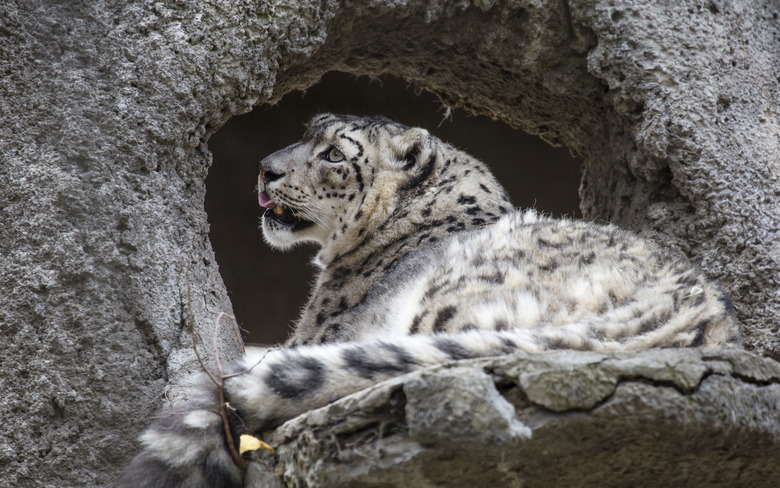Animals That Are Independent
Humans are social creatures. We depend on each other for entertainment, intimacy, relationships, protection and general social structure. Many other animals form similar groups, families and herds in order to protect each other, form social bonds, gather food for the group and more. Wolves, buffalo, elephants, dolphins and the great apes are all examples of animals that depend on each other and their group for survival.
There are other animals that live their lives independently. These animals with an independent nature prefer traveling and living on their own. They often only find another of their kind in order to mate or to fight over territory.
Why Would Independent Animals Exist?
Why Would Independent Animals Exist?
Most of us think of living in families or groups as only advantageous. Wouldn't living with others of your kind, living with parents and living in large groups only benefit animals? While these things do benefit many animals, an independent nature can also be advantageous.
Independent animals don't have to share any of their food with others. This is especially beneficial when food supply is low or requires a lot of energy to get.
Independent animals also are able to hide from prey and/or predators easier. Imagine trying to hide an entire herd of buffalo compared to a single buffalo. As an individual, an animal can move when it needs to and hide itself much easier than if it had to worry about its offspring, mate and others in the social group.
Snow Leopard
Snow Leopard
Snow leopards live in some of the harshest conditions in the world: the snowy alpine mountains of the Himalayas. These big cats are one of the top predators of the area. Their grey and white coat allows them to blend into their mountainous habitat and easily hunt prey that are three times their size/weight.
They're also solitary creatures. They hunt and live on their own throughout their lives, only coming together to mate. Males and females will mate and stay together briefly before the male leaves without caring for the cubs. The cubs stay with the mother for about 18 months before leaving for their own solitary life.
Bears
Bears
All bear species are mostly lone animals. This includes black bears, grizzly bears, polar bears and even pandas. Besides mating or cubs living with their mother, bears travel, hunt and live independently. Males will also be seen together but this is almost always as a result of a fight over food, territory or a mate.
Moles
Moles
Moles are small mammals that live underground in tunnels they dig themselves. They use their powerful "hands" and claws in order to create massive tunnel systems in grasslands, forests and in the soft dirt of yards and gardens. Within these tunnels, they create "kitchens" where they store their live prey for future meals. One scientist observed more than 470 worms in a single mole "kitchen"!
They're also well-known for being independent creatures with experts reporting that more than three moles in a single acre is considered to be a lot of moles.
Hawaiian Monk Seal
Hawaiian Monk Seal
The Hawaiian monk seal is an interesting case because almost all other species of seal live in very large groups called colonies. But this seal native only to the waters of Hawaii lives up to its "monk" name since they live and hunt alone. They may live in close proximity to other monk seals, but not close enough to form groups, make contact or interact in any way.
Great White Shark
Great White Shark
Great white sharks, like many other shark species, are lone animals. These giants can grow from 16 to more than 20 feet long. They often hunt seals, sea lions, whales, sea turtles and any deceased animal they come across.
Great white sharks can be seen together when there is a large amount of prey in the area, but they don't interact or form a group. Scientists also believe that they come together around their mating season, but scientists have never actually observed great white sharks mating.
Cite This Article
MLA
Walsh, Elliot. "Animals That Are Independent" sciencing.com, https://www.sciencing.com/animals-independent-8387085/. 22 November 2019.
APA
Walsh, Elliot. (2019, November 22). Animals That Are Independent. sciencing.com. Retrieved from https://www.sciencing.com/animals-independent-8387085/
Chicago
Walsh, Elliot. Animals That Are Independent last modified March 24, 2022. https://www.sciencing.com/animals-independent-8387085/
